In this blog I have collected together comprehensive information on British WW2 aerial bomb fuzes and pistols. What’s the difference? A fuze contains a charge of its own to initiate the main charge in the bomb. Pistols never contained their own explosive, being merely firing pins held inside a case. Obviously they are no ordinary ‘cases’, with a number of different types, but this is an important distinction. Fuzes contain an explosive compound, Pistols don’t. This being the case, a bomb pistol needs a detonator, and I have included pictures of these after the fuzes & pistols. Right at the bottom of the page are pictures of a few of the ones I have recovered over the years.
During filming for WW2 Treasure Hunters I had to identify a lot of relics. After so many years of recovering WW2 relics, I have built up a considerable knowledge so I found it relatively straight-forward. However, all that knowledge is useless unless shared, so consider some of it to now be shared!
I’ve been interested in WW2 all my life, and spent many years trawling through and collecting books on the subject. That built up a decent knowledge, but spending more than the last 20 years recovering WW2 relics has boosted that knowledge massively. It has also been added to by trawling the net for manuals and books from the period.
I found a copy of this 1940s book around 10 years ago now, on the internet. Shortly after downloading it, the website it was on disappeared and I’ve not seen a copy of it again! I won’t upload the pictures and descriptions of the bombs themselves, after all, if you find one of them, identifying it should be the least of your concerns. Getting a LONG way away to call EOD should be your greatest!
I make no apologies for the number of pictures on this blog, but I hope collecting them all in one place will help my fellow collectors.
Before you view them though, just a quick reminder. Do NOT mess with fuzes or detonators. They contain enough explosive to really ruin your day. Remember that unless you are 100% sure what you’re are digging is safe, leave it alone and call the authorities. No relic is worth a finger, hand, arm, leg or life.
Let the pictures commence! I’ve kept them in fuze/pistol number order, with the written detail following the individual pictures.


























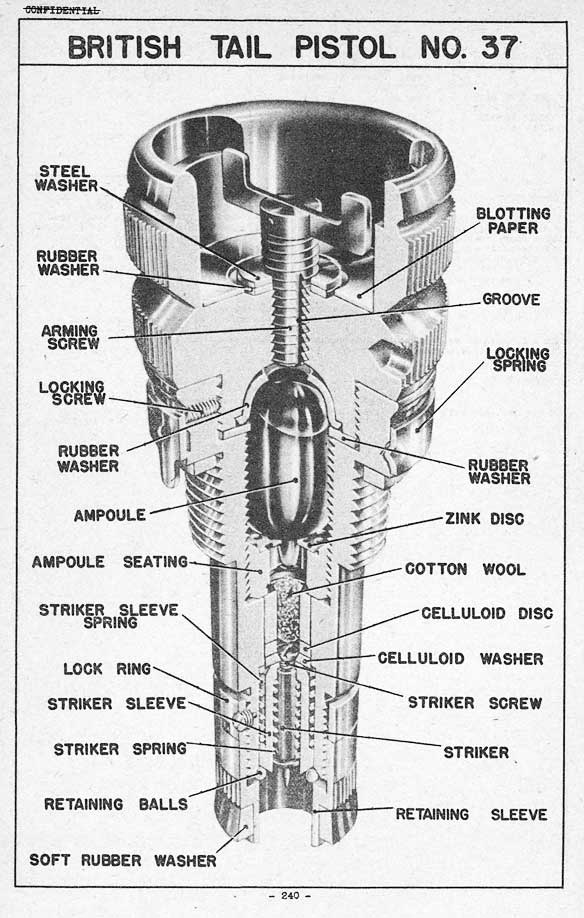












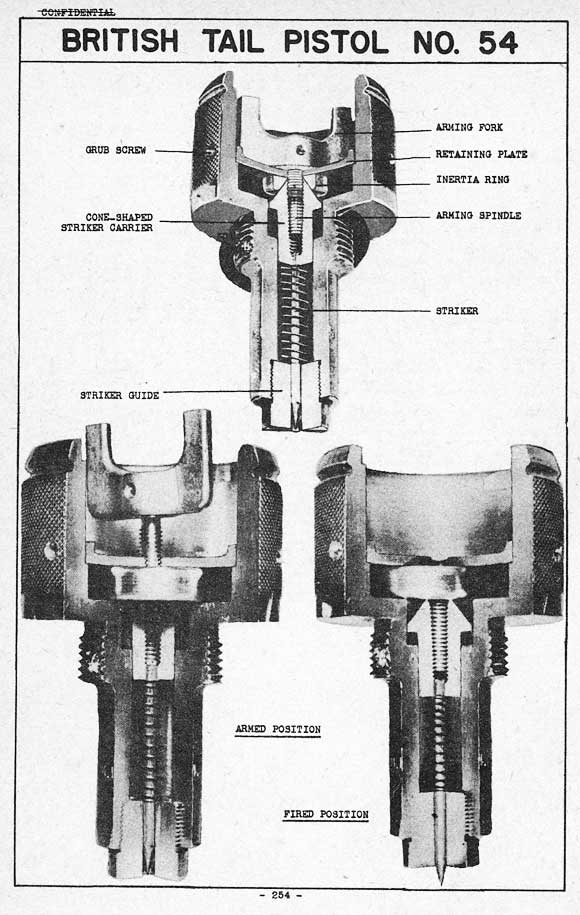





































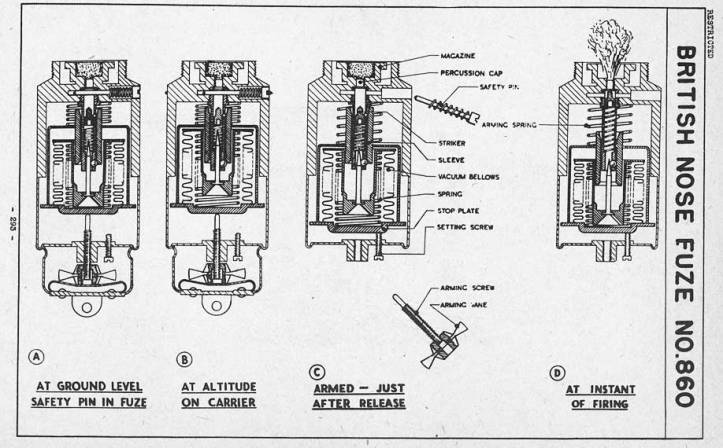






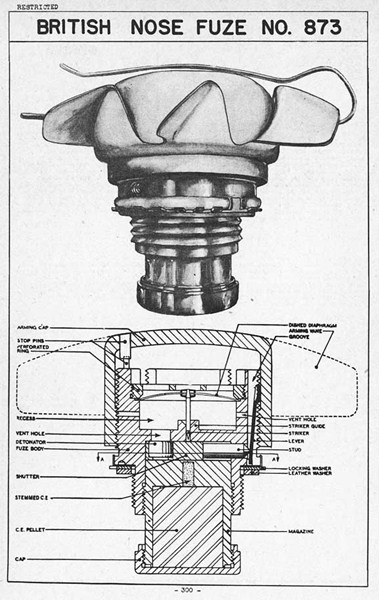












Here are a few of the pistols, fuzes and components I have recovered over the years…….





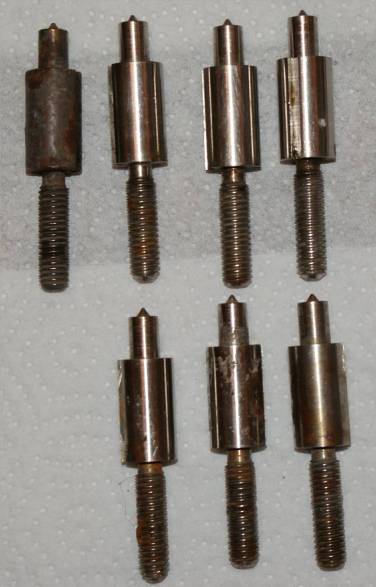




















Hi Stephen, I have a detonator from an exploded WWII bomb, believed to be dropped by a German plane over Lincolnshire (Horncastle) returning home from a Midlands bomb run. It is a 75mm long by 25mm diam metal tube with holes and a screwed-in closure at one end, now so corroded that it is stuck. At the other end is a 12mm threaded hole into which screws a copper plug the threaded section is 23mm long and then flat washer like section 48mm diam by 12 mm deep. This latter is perforated with 4 diametrically opposed holes. I would love to know a bit more about this object. If yourself or someone you know would be interested I can take some detailed photos and send them on. With Kindest regards, John Boulton.
LikeLike
Hi John. Sounds very interesting. Please use the ‘Contact’ page and I will then reply to the email and you can then send me some pics.
LikeLike
Hello
My name is Rod. I live in State of Washington in the US. I have a part of crashed Avro Lancaster. I did it identify?
LikeLike
Hello Stephen.
I have just acquired a fuze that I think is for an aerial bomb. On your fascinating documentation, I can’t find this model. Could you be so kind as to identify exactly my model and on which bomb or shell it was mounted. The latter carries the following markings: 65 N°1MKIN C.N.H 10/44
Thank you very much!
Best regards from France.
Olivier.
LikeLike
Use the contact page to get in touch and I’ll help the best I can
LikeLike